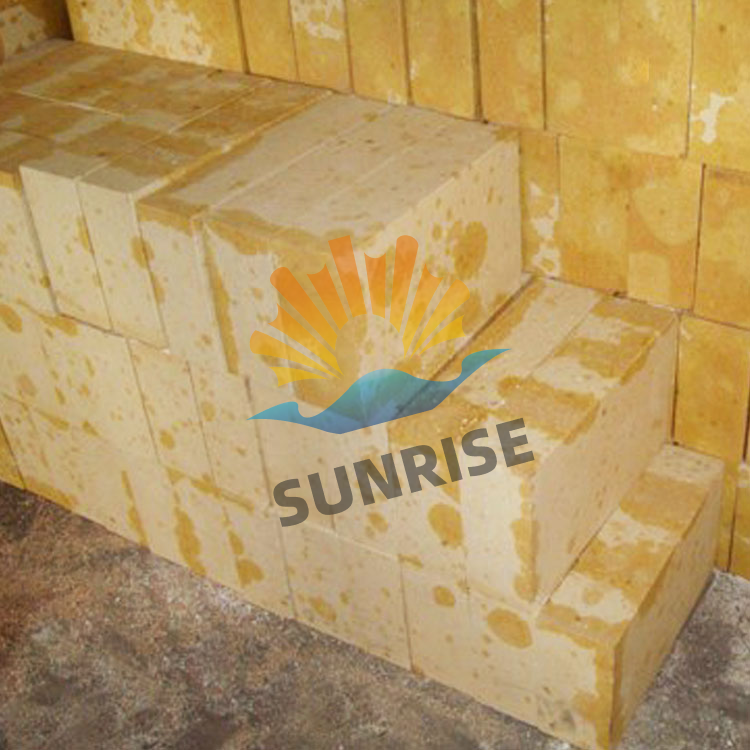.jpg?x-oss-process=image/resize,h_1000,m_lfit/format,webp)
In the glass production industry, furnace performance issues have long been a headache for enterprises. Frequent furnace damage and unstable glass quality are just some of the challenges they face. Fused silica bricks, as a key material to address these problems, have emerged as a game - changer.
Fused silica bricks possess several remarkable advantages. Firstly, they have a high purity level, typically reaching over 99%. This high purity ensures that there are fewer impurities that could potentially contaminate the glass during the melting process. Secondly, their thermal expansion coefficient is extremely small, around 0.5 - 0.8×10⁻⁶/°C. This means that during the heating and cooling cycles of the furnace, the bricks will not expand or contract significantly, reducing the risk of cracking and damage. Thirdly, they exhibit excellent thermal shock stability. They can withstand rapid temperature changes without being damaged, which is crucial for the operation of glass furnaces.
These advantages make fused silica bricks particularly suitable for the construction of low - alkali borosilicate glass furnaces. The special chemical and physical properties of low - alkali borosilicate glass require a furnace lining material that can resist corrosion and high - temperature environments, and fused silica bricks meet these requirements perfectly.
.jpg)
Let's take a look at some real - world examples. A well - known glass manufacturing company replaced the traditional furnace lining with fused silica bricks. Before the replacement, the furnace needed to be repaired every 2 - 3 years due to severe damage, and the glass quality fluctuated greatly. After using fused silica bricks, the furnace has been operating smoothly for over 5 years without major repairs. The defect rate of the glass products has also decreased from 8% to less than 2%.
Another company in the industry reported that after the application of fused silica bricks, the energy consumption of the furnace decreased by about 15%. This is because the excellent thermal insulation properties of fused silica bricks reduce heat loss, making the melting process more energy - efficient.
Compared with other common furnace materials such as fireclay bricks and magnesia bricks, fused silica bricks have obvious advantages. Fireclay bricks have a relatively high thermal expansion coefficient, which makes them more prone to cracking under thermal stress. Magnesia bricks are not as resistant to corrosion in the low - alkali borosilicate glass environment as fused silica bricks.

| Material | Thermal Expansion Coefficient (×10⁻⁶/°C) | Corrosion Resistance in Low - alkali Borosilicate Glass | Thermal Shock Stability |
|---|---|---|---|
| Fused Silica Bricks | 0.5 - 0.8 | Excellent | Good |
| Fireclay Bricks | 2 - 5 | Average | Fair |
| Magnesia Bricks | 5 - 8 | Poor | Average |
In conclusion, fused silica bricks are a reliable solution for glass production enterprises to improve furnace performance and extend the service life of glass furnaces. Their unique advantages can help enterprises reduce production costs, improve glass quality, and enhance market competitiveness.
If you are a glass production enterprise struggling with furnace performance issues, we encourage you to try using fused silica bricks. For more information or to consult our experts, please contact us at [Contact Information]. Don't miss this opportunity to transform your glass production process!
.jpg)

